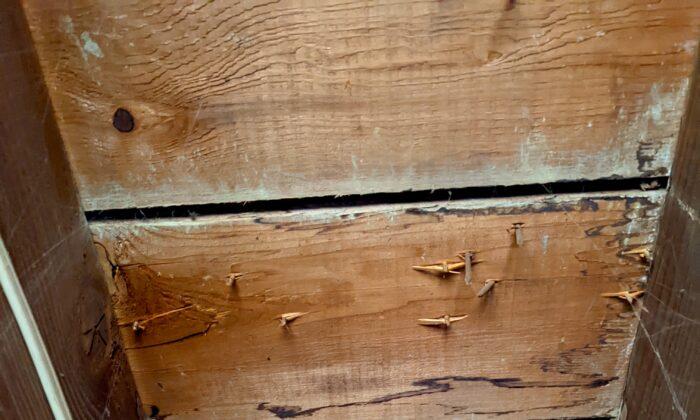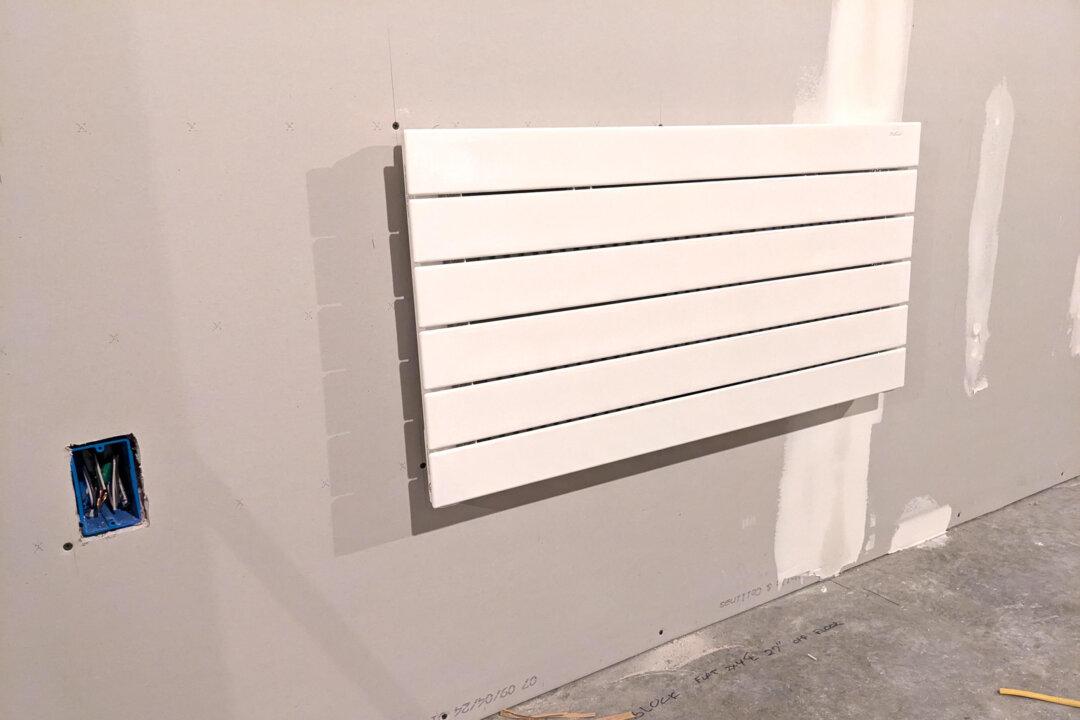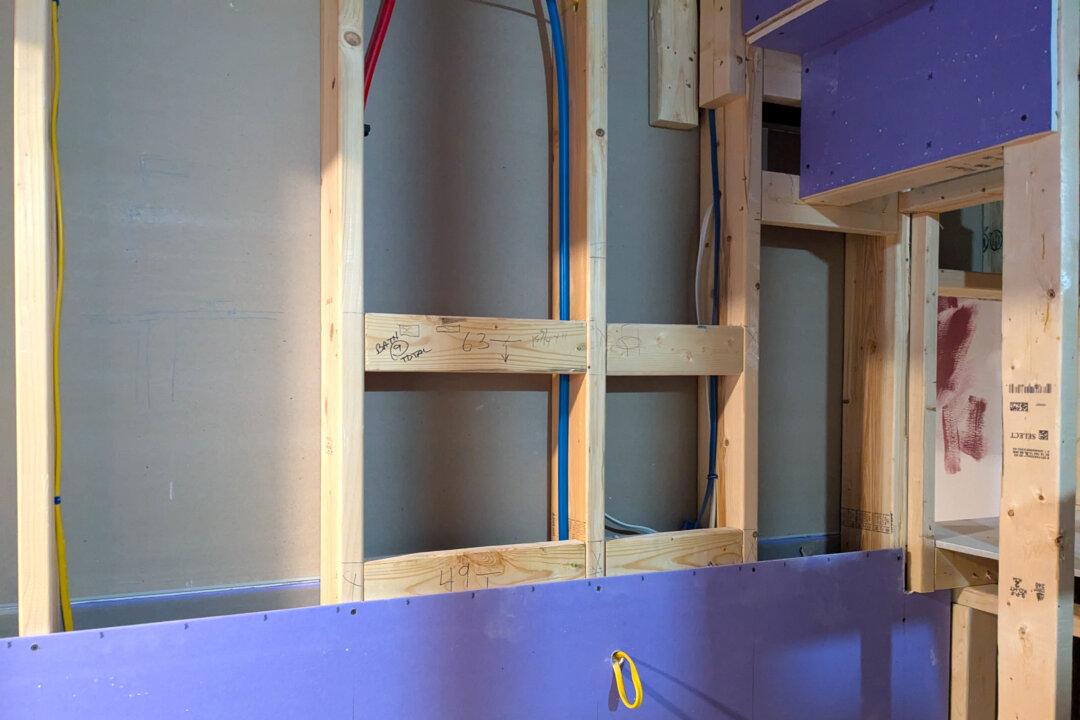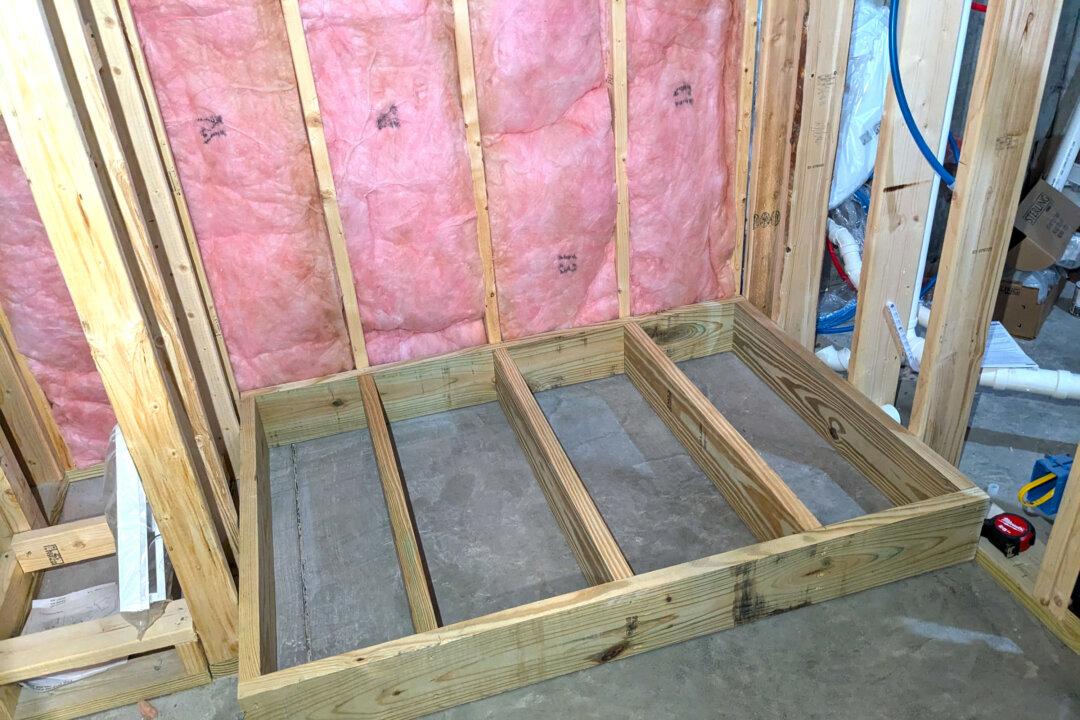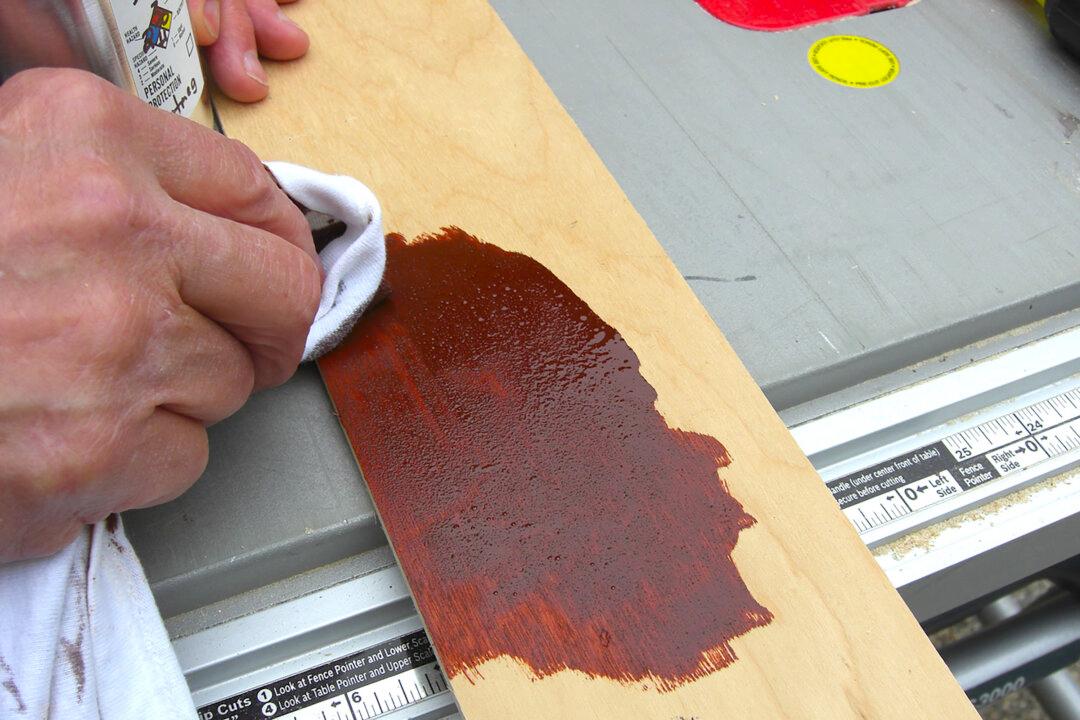Days ago, I was in the basement of an old house with my son. We were looking at the boiler, the structure and the foundation walls. He’s about to become a first-time property owner. For the past four years he’s been renting a loft apartment, saving so he can make a sizable down payment.
I’ve got three children, and sadly only one of them is old enough to remember me going to building job sites every day. In fact, on quite a few Saturdays I took my eldest daughter with me to job sites to help me do small tasks and to give my wife a well-deserved break. My son and my youngest daughter only have memories of me sitting in front of a computer all day writing my syndicated column.
Because I was unable to immerse my son and youngest daughter into the job site experience, there’s quite a bit they missed out on. I clearly remember explaining very interesting things to my eldest daughter, and she always had fantastic questions about things she saw on a construction site.
While we were in the basement of the old house, my son asked me, “Dad, what are those diagonal pieces of wood in between the joists that make the letter X?” I was impressed he spotted those. I explained that they are diagonal cross braces and their purpose is to make the floor above much stiffer. Believe it or not, those small 1x3 pieces of wood transfer a concentrated load resting on the floor above to the adjacent floor joists. It’s simple yet effective structural engineering.
You’ll find this diagonal bracing on just about every old home, but you rarely find it in new homes. I’m flummoxed why modern code officials have removed this requirement from the model building codes for the most common joist sizes. This isn’t the only great building method that’s been scrubbed from the code. That’s why it’s good to remember that the building code is a set of minimum standards, and you can always build something better and stronger than what the code says to do.
My son then noticed something else. “Dad, is something wrong with the subfloor on top of the floor joists?“ he asked. ”Is that some sort of fungus or rot?” He was referring to a few pieces of 1x8 board that had concrete cement residue on them.
Well, I explained, you think recycling is a newer concept, but think again! Back 100 years ago, when this house was built, the carpenters often cast the concrete foundation. They’d use the 3/4-inch-thick lumber to build the forms for the foundation. Several days after pouring the concrete, they’d carefully take apart the forms and salvage all of the lumber. They’d then use some of it to create the house subfloor and whatever was left over would be used on the walls and roof.”
Next my son spotted the main support beam. “Dad, is this solid wood?“ he asked. ”It’s massive.” He was referring to a timber that measured 7 inches wide, 11 inches high, and 9 feet long.
Yes, I told him, it’s solid wood, and look at how few knots are in it. Back when this house was built, it was normal to use wood beams to support the floor joists above. Timber-frame houses and barns are still built today using stunning timbers like this.
Your takeaway should be that many old houses are very likely built better than what’s being constructed today. But be careful how you define the word better. I’d love to have been around when the carpenters of old saw their first sheets of 3/4-inch CDX plywood that replaced solid 1x6 and 1x8 sheathing. I’d love to have overheard the conversations of old plasterers whose helpers nailed on the thin lath strips when they saw the first sheets of 3/8-inch gypsum plaster lath boards that were 16 inches wide and 48 inches long.
There are countless building products and tools that are used today to build houses faster, but speed doesn’t always equate to better quality. Still, I’ll readily admit that just about any building product that helps save on energy costs with respect to heating and cooling a house is absolutely better than what was used 100 years ago when energy was so cheap builders didn’t insulate homes.
I can already envision the hundreds of emails I’ll get via the Ask Tim page at AsktheBuilder.com. Concrete foundation companies will let me know how they reuse their forms hundreds and hundreds of times. I’ll hear all about the wonderful subflooring that resists water damage. No doubt I’ll hear about the plastic-coated wall and roof sheathing and a plethora of other products that are superior to what was available to the builders in the early 1900s. I welcome all of these responses!
©2022 Tim Carter. Distributed by Tribune Content Agency, LLC.
